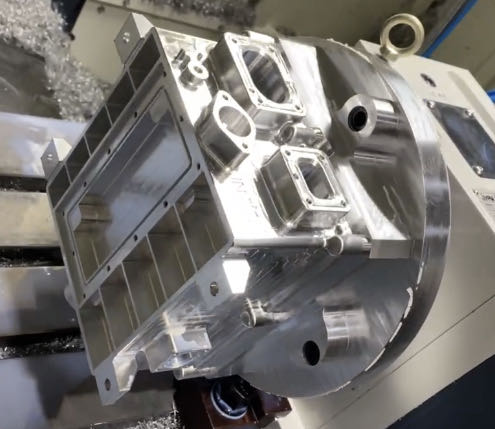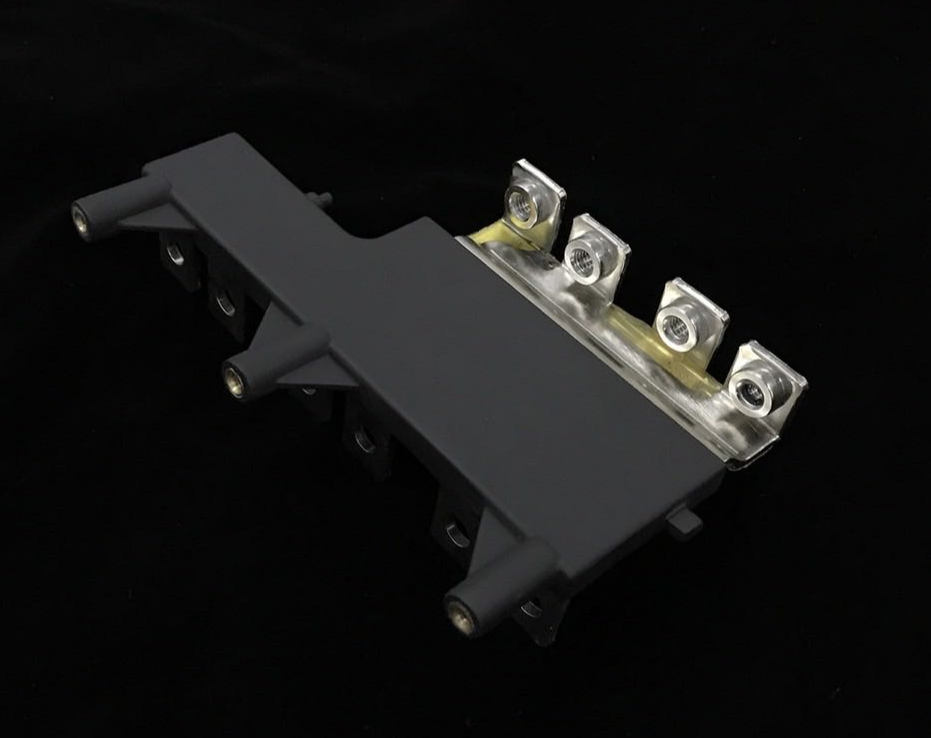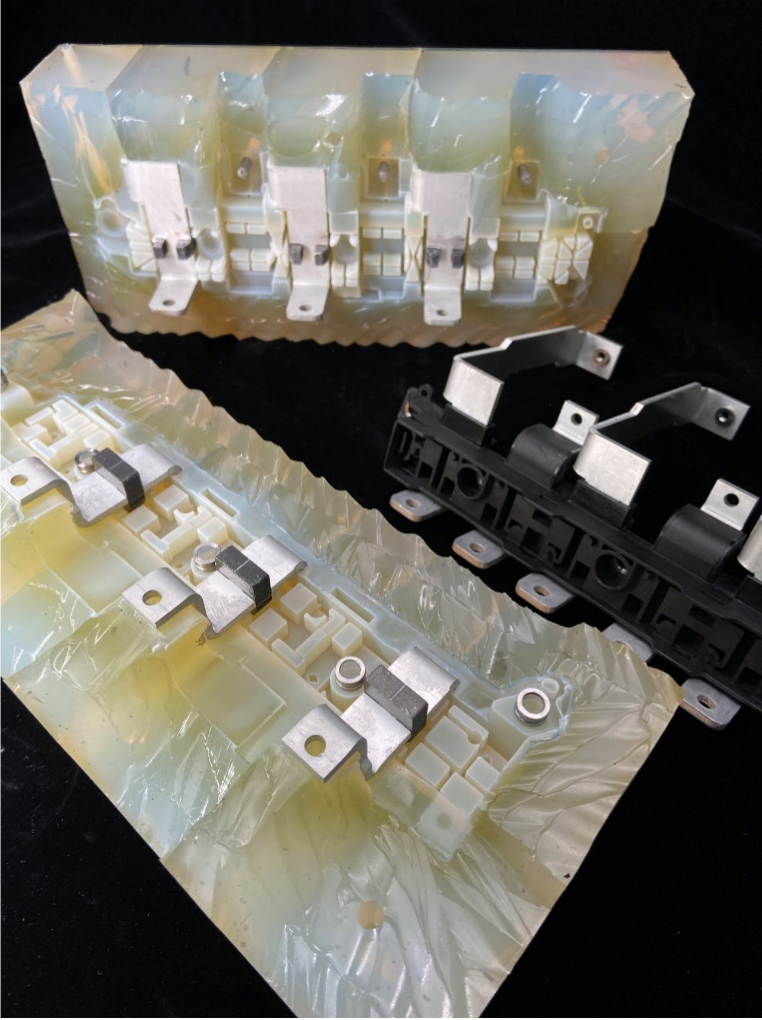Electric Drive System of EV car
In new energy vehicles, the battery is the basic energy and power source, the drive motor converts the vehicle energy into driving power, and the electronic control system controls the operation and power output of the entire vehicle. During the driving process of the vehicle, the inverter receives the DC power delivered by the battery and inverts it into three-phase AC to provide power for the vehicle drive motor, while the controller receives the signals such as the speed and torque of the drive motor and feeds them back to the instrument. When the acceleration or braking action is commanded, the controller can achieve the purpose of acceleration or deceleration by controlling the frequency converter frequency up and down.


Due to the application of power electronics technology, the electrical system of new energy vehicles has undergone tremendous changes, from traditional low-power and low-voltage auxiliary electrical devices to energy-saving, environmentally friendly, efficient and low-noise electrical transmission electrical devices for new energy vehicles, which has become a traditional vehicle. The replacement of the engine and gearbox directly determines the main performance indicators of pure electric vehicles such as climbing, acceleration and top speed.
Compared with traditional internal combustion engine vehicles, the working conditions of new energy vehicles are more complicated, resulting in a harsh internal environment for the electronic control system and extremely high internal temperature rise. Therefore, the operating temperature range of automotive-grade IGBT power modules needs to reach -40-125°C. As the main power conversion components of the electronic control system, the IGBT power module has been in high-load operation for a long time, and its internal chip temperature can reach 50-80°C. At present, in the automotive industry, IGBT power modules need to pass a series of tests and design verifications such as thermal cycle, thermal shock, and power cycle to ensure the reliability and heat dissipation of the module.
For prototypes in the R&D stage, customers also hope to be closer to the design conditions and meet more experimental requirements. This is also more difficult for us to make samples. We not only need to have strict requirements from the selection of raw materials, but also analyze the product drawings before processing more carefully and cautiously. The tolerance of the product also needs to be more strictly controlled. We need to consider the use environment of different parts and choose the appropriate molding process. Fortunately, we have accumulated a certain amount of product knowledge through cooperation with many customers over the past few years and have also established different internal product production standards. Now, for us, we already have some experience in the prototype manufacturing of the electronic control system.

